
Why Do Cats Have Whiskers?
Why Do Cats Have Whiskers?
Introduction
Cats have unique features, but their whiskers stand out. These special hairs, known as vibrissae, are vital to a cat’s life. Whiskers are more than just cute; they serve essential functions that enhance a cat’s ability to interact with its environment.
Speaking of enhancing your cat’s environment, why not treat them to some fun? Check out a Catnip Toy. These little wonders can keep your feline friend entertained for hours, providing the perfect distraction while you enjoy a quiet evening.
Summary and Overview
Whiskers play a crucial role in a cat’s sensory system. They help cats navigate their surroundings and communicate emotions. These tactile hairs are sensitive to touch and vibrations, enabling cats to detect nearby objects. Whiskers also assist in hunting, as they can sense air currents and changes in the environment. Additionally, whiskers serve as a communication tool, indicating a cat’s mood and readiness to engage. With their protective function, whiskers alert cats to potential dangers, keeping them safe. Overall, whiskers are essential for a cat’s daily life, enhancing their exploration and survival instincts.
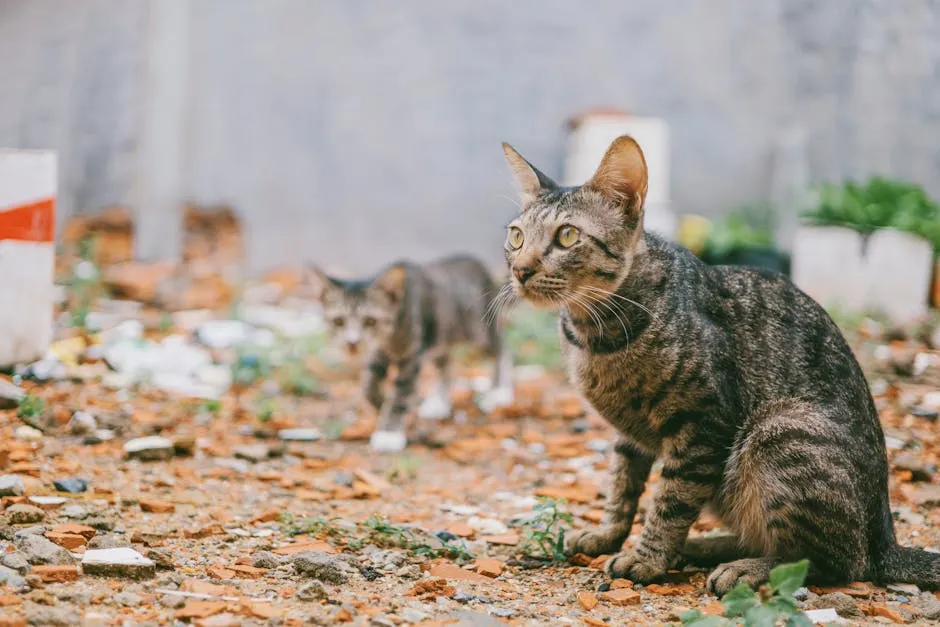
But hey, while whiskers are important, let’s not forget about keeping your cat well-fed! An Cat Treats Variety Pack can make your cat feel like royalty and is a great way to reward them for being the cute little ninjas they are!
Understanding Cat Whiskers
What Are Whiskers?
Whiskers, also termed vibrissae, are specialized sensory hairs found on various parts of a cat’s body. Unlike ordinary fur, whiskers are thicker and longer, providing heightened sensitivity. They are primarily made of keratin, the same protein found in human hair and nails. Their roots are deeper, allowing whiskers to transmit detailed information about the environment.
Whiskers are located around the muzzle, above the eyes, and on the forelegs. Most cats have a symmetrical arrangement of 24 whiskers, with 12 on each cheek. This configuration assists them in gauging the width of openings and navigating through tight spaces. Whiskers are not just for aesthetics; they are critical tools for a cat’s interaction with the world.

Functions of Whiskers
Whiskers, or vibrissae, are multifunctional tools that play a crucial role in a cat’s life. They serve several important functions, ensuring that our feline friends navigate their world with ease and safety.
First, whiskers enhance sensory perception. Cats rely heavily on them to detect nearby objects and changes in their environment. The sensitive nature of whiskers allows cats to sense air currents, which is especially helpful when they hunt. This heightened awareness helps them avoid obstacles, making whiskers essential for exploration.
Next, whiskers aid in navigation, particularly in low light. Cats are crepuscular hunters, often active at dawn and dusk. Their whiskers act like radar sensors, helping them locate prey and avoid obstacles even when visibility is poor. This capability gives them a significant advantage while hunting.
Speaking of hunting, how about enhancing your cat’s feeding experience? An Interactive Cat Feeder can stimulate your cat’s mind while they eat, mimicking the thrill of the hunt! Plus, it helps prevent overeating. Win-win!
Whiskers also serve as a means of communication. Their position can indicate a cat’s emotional state. Relaxed whiskers suggest contentment, while whiskers pushed forward signal curiosity or excitement. Conversely, whiskers pulled back can indicate fear or aggression. Observing these subtle cues helps us understand our cats better.
Lastly, whiskers provide protection. They alert cats to dangers in their surroundings. For example, whiskers can detect the approach of an object, allowing cats to react quickly. This protective function is vital for their safety, ensuring they can navigate both familiar and new environments without harm.
In summary, whiskers are far more than just adorable features. They play a vital role in sensory perception, navigation, communication, and protection, making them essential for a cat’s everyday life.
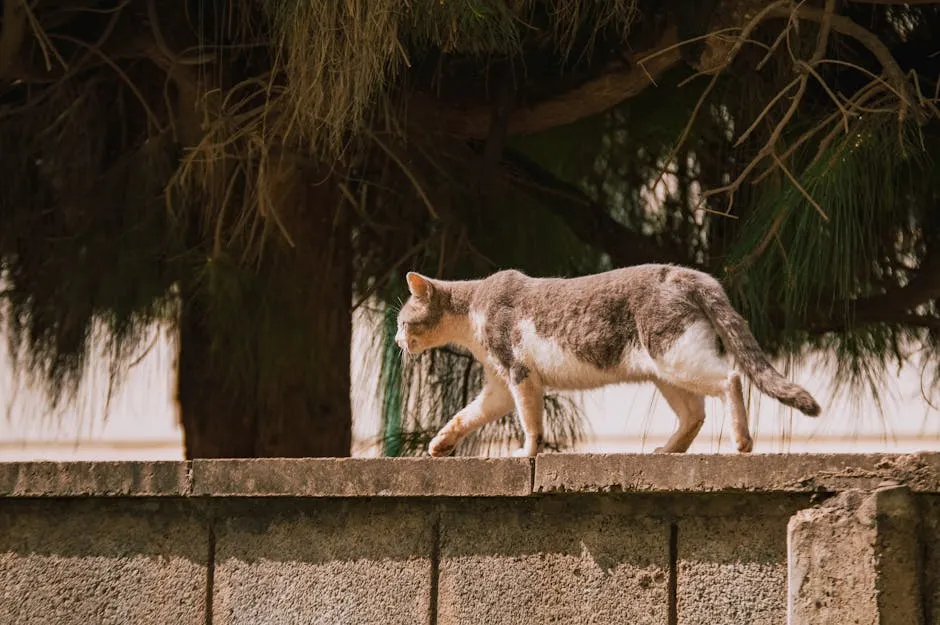
Sensory Equipment
Whiskers are remarkable sensory equipment for cats. They provide crucial information about their immediate surroundings. Each whisker is surrounded by sensitive nerve cells, making them incredibly receptive to touch and vibrations.
When a cat moves through its environment, whiskers detect changes in air currents and nearby objects. This sensitivity helps cats evaluate their surroundings, especially in situations where visibility is limited. For example, whiskers can sense when objects are close, helping cats avoid collisions.
In addition, whiskers allow cats to gauge distances accurately. They measure the width of openings, enabling cats to determine whether they can squeeze through tight spaces. This ability is critical for their safety and agility, especially when navigating complex environments.
Overall, whiskers serve as an essential tool for sensory navigation, allowing cats to explore confidently.
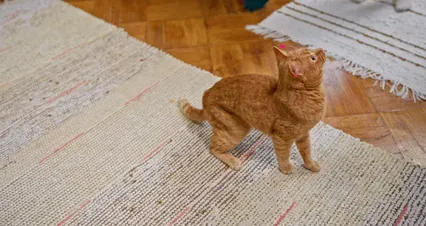
Emotional Communication
Whiskers also play a significant role in a cat’s emotional communication. The position of a cat’s whiskers can reveal much about its mood and feelings. For instance, if a cat’s whiskers are relaxed and pointing outward, it indicates a calm and content state.
On the other hand, whiskers that are pulled back against the face suggest stress or fear. Cats may also extend their whiskers forward when curious or interested in something. This body language helps us interpret what our furry friends are experiencing.
Understanding these signals enhances our bond with cats. By observing their whiskers, we can respond appropriately to their emotional needs, creating a more harmonious relationship.
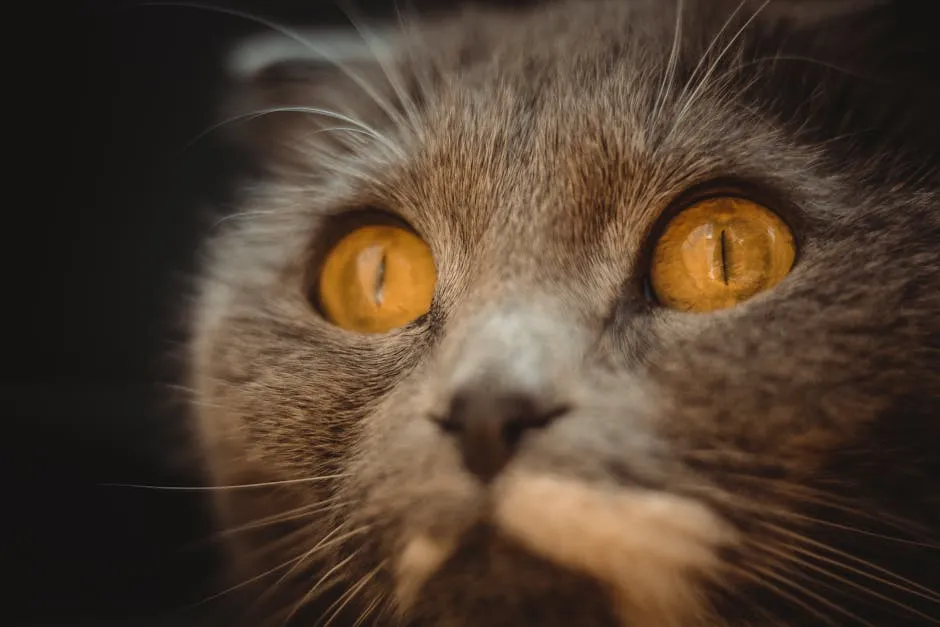
Proprioception and Balance
Whiskers contribute significantly to a cat’s proprioception and balance. Proprioception refers to the ability to sense the position and movement of one’s body. Each whisker is rooted deeply in the skin and connected to muscles and nerves, allowing cats to perceive their body orientation in space.
This capability is vital for maintaining balance, especially during agile movements like jumping or climbing. Whiskers help cats know where their body is in relation to their surroundings, ensuring they land gracefully on their feet.
In essence, whiskers are not just sensory tools; they are crucial for balance and spatial awareness. This function further emphasizes their importance in a cat’s daily life.
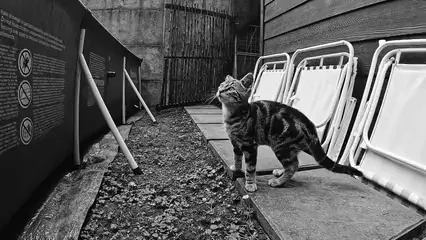
Measuring Gaps
Whiskers act as a built-in measuring tool for cats. Their length corresponds to the width of a cat’s body, enabling them to gauge whether they can fit through tight spaces. This feature is crucial for their safety.
When a cat approaches an opening, it instinctively uses its whiskers to assess the fit. If the whiskers touch the sides, the cat knows it might be too narrow. This ability prevents awkward situations, like getting stuck in small areas.
Imagine your cat sticking its head into a box before the rest of its body follows. This behavior shows how whiskers help them navigate their environment confidently. By measuring gaps, whiskers contribute significantly to a cat’s agility and exploration skills.
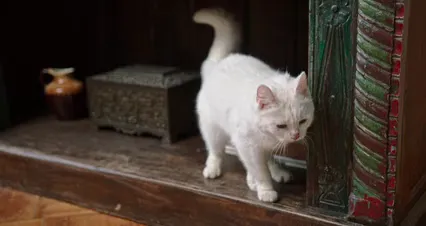
Caring for Cat Whiskers
Importance of Whisker Health
Caring for your cat’s whiskers is essential for their overall well-being. These sensitive hairs play a vital role in navigation and communication. Protecting them ensures your cat can interact with its environment effectively.
Avoid trimming or cutting whiskers. They are not just decorative but essential for sensory perception. Cutting them can lead to confusion and disorientation.
Watch for signs of whisker fatigue, which can occur if whiskers are overstimulated. Symptoms include reluctance to eat or play. Additionally, ensure your cat has appropriate feeding dishes. Bowls that are too deep can cause discomfort as the whiskers constantly touch the sides. By keeping whiskers healthy, you support your cat’s happiness and comfort.

And while you’re at it, consider getting a stylish Cat Collar with Bell for your furry friend! It not only adds flair but also helps you keep track of their whereabouts while they explore.
What Happens if You Cut Cat Whiskers?
Cutting a cat’s whiskers can have serious implications. While it doesn’t cause pain, it can lead to stress and disorientation. Whiskers are critical for spatial awareness. Without them, cats struggle to gauge distances and navigate their surroundings.
Imagine how unsettling it would be to suddenly lose an important sensory tool. Cats rely on their whiskers to detect nearby objects and movements. When whiskers are cut, they might bump into things or misjudge spaces.
This confusion can lead to anxiety, making your cat feel unsafe. It’s crucial to remember that whiskers serve multiple purposes, including protection and communication. Keeping them intact is vital for your cat’s well-being and comfort.
Do Whiskers Grow Back?
Whiskers are fascinating features of a cat’s anatomy, and their growth cycle is just as intriguing. Cats naturally shed whiskers, just like regular fur. This shedding typically occurs when a cat is grooming or during seasonal changes. It’s completely normal to find a stray whisker or two around the house.
Once a whisker falls out, the regrowth process begins. Generally, it takes about six weeks to three months for a whisker to fully regrow. The exact timeline can vary depending on factors like a cat’s age, health, and overall nutrition. Young cats usually experience faster regrowth compared to older ones.
Speaking of nutrition, consider boosting your cat’s health with Cat Supplements. They can help ensure your furball gets all the nutrients they need for optimal health, including those fabulous whiskers!

Several factors can influence whisker regrowth. For instance, a healthy diet rich in proteins and vitamins supports hair growth, including whiskers. Conversely, illnesses or stress can slow down the regrowth process. If you notice excessive whisker loss or a lack of regrowth, it may be wise to consult a veterinarian. Overall, whiskers are resilient and essential for a cat’s sensory experiences, helping them navigate their world effectively.
Conclusion
In summary, whiskers are vital sensory tools that significantly impact a cat’s interaction with its environment. From aiding navigation to conveying emotions, they play multiple crucial roles. It’s important to be mindful of whisker health, as proper care ensures cats can fully utilize their whiskers. Observing your cat’s whiskers can deepen your understanding of their needs and behaviors, enhancing your bond. Remember, protecting these unique features contributes to your feline friend’s overall happiness and well-being. If you have any concerns about your cat’s whiskers, don’t hesitate to reach out to a veterinarian for guidance.

And of course, if you want to pamper your cat even more, consider getting them a cozy Cat Bed. After all, every cat deserves a throne to rule from!
FAQs
Can cats get whisker fatigue?
Whisker fatigue occurs when a cat’s sensitive whiskers become overstimulated. This often happens when they eat from deep or narrow bowls. Cats may show signs of discomfort, such as refusing to eat or becoming anxious. Other symptoms include pawing at their food or knocking it over. If you notice these behaviors, it might be time to switch to wider, shallower dishes. Observing your cat’s eating habits can help prevent whisker fatigue.
Do all cat breeds have whiskers?
Most cat breeds have whiskers, though their appearance can vary. All cats typically have 24 whiskers, arranged symmetrically on their muzzle. However, breeds like the Sphynx may have fewer or even none at all. In contrast, fluffy breeds like the Maine Coon may have longer, more pronounced whiskers. Each breed’s whiskers play a crucial role in their unique feline behavior and interactions. Regardless of the breed, whiskers are essential for navigation and communication.
What should I do if my cat loses a whisker?
If your cat loses a whisker, it’s usually not a cause for concern. Whiskers naturally shed and grow back over time. However, if you notice excessive whisker loss, consult your veterinarian. This can indicate underlying health issues, such as allergies or infections. Pay attention to your cat’s behavior. If they seem distressed or disoriented, a vet visit is advisable. Regular check-ups can ensure your cat remains healthy and comfortable.
How do whiskers help cats see in the dark?
Whiskers are vital for a cat’s night vision. They detect changes in air currents, helping cats navigate their surroundings in low light. When a cat approaches an object, their whiskers sense it even before they can see it. This sensory feedback allows them to avoid obstacles and locate prey. Essentially, whiskers serve as a natural radar, enhancing a cat’s ability to move gracefully in the dark. Their combination of excellent night vision and sensitive whiskers makes them exceptional hunters.
Why shouldn’t I trim my cat’s whiskers?
Trimming a cat’s whiskers can lead to confusion and disorientation. Whiskers are crucial for spatial awareness, helping cats gauge distances and navigate their environment. Cutting them disrupts this sensory feedback, causing stress. Cats may bump into objects or misjudge spaces, leading to anxiety. It’s essential to let whiskers grow naturally. Keeping these sensory tools intact supports your cat’s well-being and comfort. Always prioritize your cat’s whisker health for a happier feline friend.
Please let us know what you think about our content by leaving a comment down below!
Thank you for reading till here 🙂
For senior citizens, performing balance exercises is crucial for maintaining stability and reducing the risk of falls. why should senior citizens perform balance exercises
All images from Pexels




